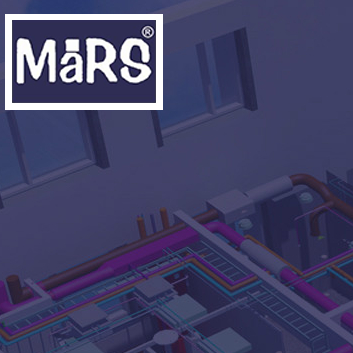Transitioning into the Future in 2024 Using BIM-Led Solutions
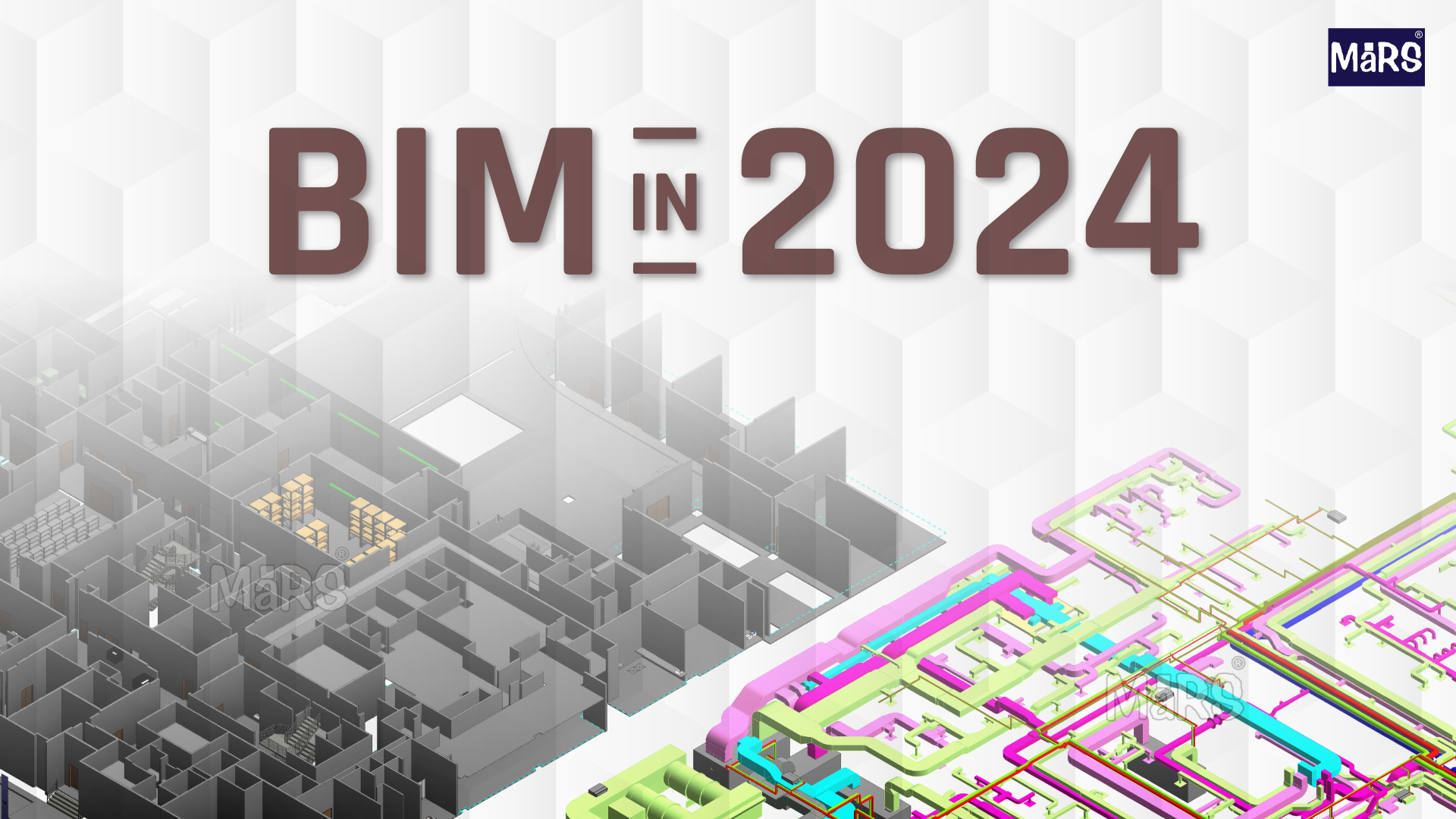
Construction projects are being revolutionized by BIM, a digital depiction of a building's functional and physical qualities that enhance efficiency, cooperation, and communication. BIM provides transformative prospects in the construction industry by increasing collaboration across interdisciplinary teams via a single platform. It enables better project management by providing real-time data updates, decreasing errors, and enhancing outcomes.
BIM improves construction simulation and analysis, as well as risk management, cost estimation, and project predictability. As construction management evolves, it will confront new problems and trends in 2024. This article investigates the future direction of building design and construction utilizing BIM as a driving force.
Through the simplification of the design and implementation of constructed assets, BIM technology has completely transformed the construction sector. Rework reduction, simpler design integration, improved information flow, improved scheduling, and improved project results are just a few of its many advantages.
However, obstacles including cultural shifts, training needs, and opposition to change stand in the way of its widespread acceptance. Another problem is interoperability amongst various BIM software platforms. Industry stakeholders require fund training initiatives, encourage flexibility, and strive for standardized BIM procedures to overcome these.
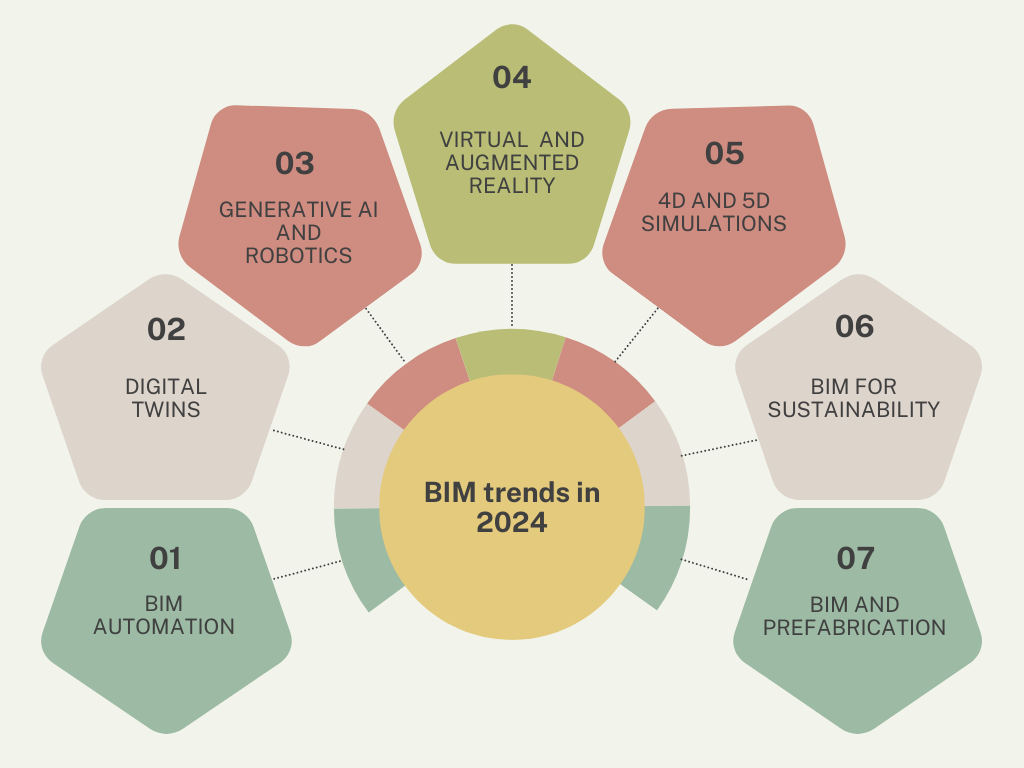
As businesses streamline processes and cut down on manual interaction, BIM automation is becoming more and more common. It boosts accuracy and productivity by enabling teams to concentrate on challenging project components. Though it can store extensive project information throughout the project lifecycle, BIM is now mostly employed as a design tool.
Construction, operations, maintenance, and closeout teams may employ BIM in the future to help automate these procedures for workflow optimization.
The use of Digital Twin Technology, which offers a virtual depiction of construction assets throughout their existence, is growing in favor of the industry. Project teams can now simulate, analyze, and optimize performance thanks to this technology, which improves decision-making and project outcomes. 88% of architects and designers suggest using BIM, which is regarded as the industry standard in design.
The digital twin idea is anticipated to become more popular as built asset firms automate construction procedures.
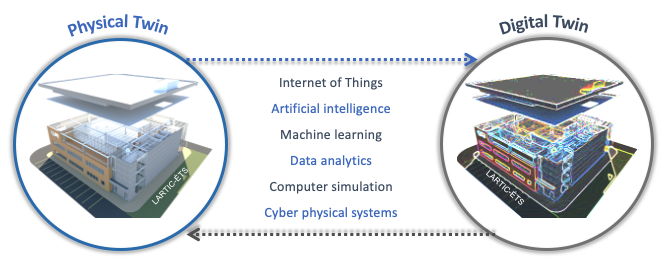
The integration of Big Data and IoT in the construction business is transforming real-time information delivery and decision-making.
The usage of drones and IoT-enabled devices improves the distribution of project-related data, while AI is becoming an important component in structural BIM services, giving sophisticated capabilities like as pattern recognition and predictive analytics.
This technology speeds design processes, anticipates potential issues, and increases project efficiency.
For large-scale projects, integrating BIM with other applications is crucial. Virtual Reality (VR) and Augmented Reality (AR) optimize BIM visualization and communication by boosting design communication, participation by stakeholders, and on-site decision-making. Compatibility and cooperation between BIM and these technologies will determine future success.
With the advancement of BIM technology, time and cost dimensions are now included in 4D and 5D simulations. These technologies facilitate improved project planning and management by making building sequences and related costs easier to see.
By giving 3D models a temporal dimension, 4D BIM Construction Management enables stakeholders to see how a project is progressing across time. 5D BIM Construction Estimation allows for improved budget management and real-time cost tracking by fusing cost data with 3D geometry.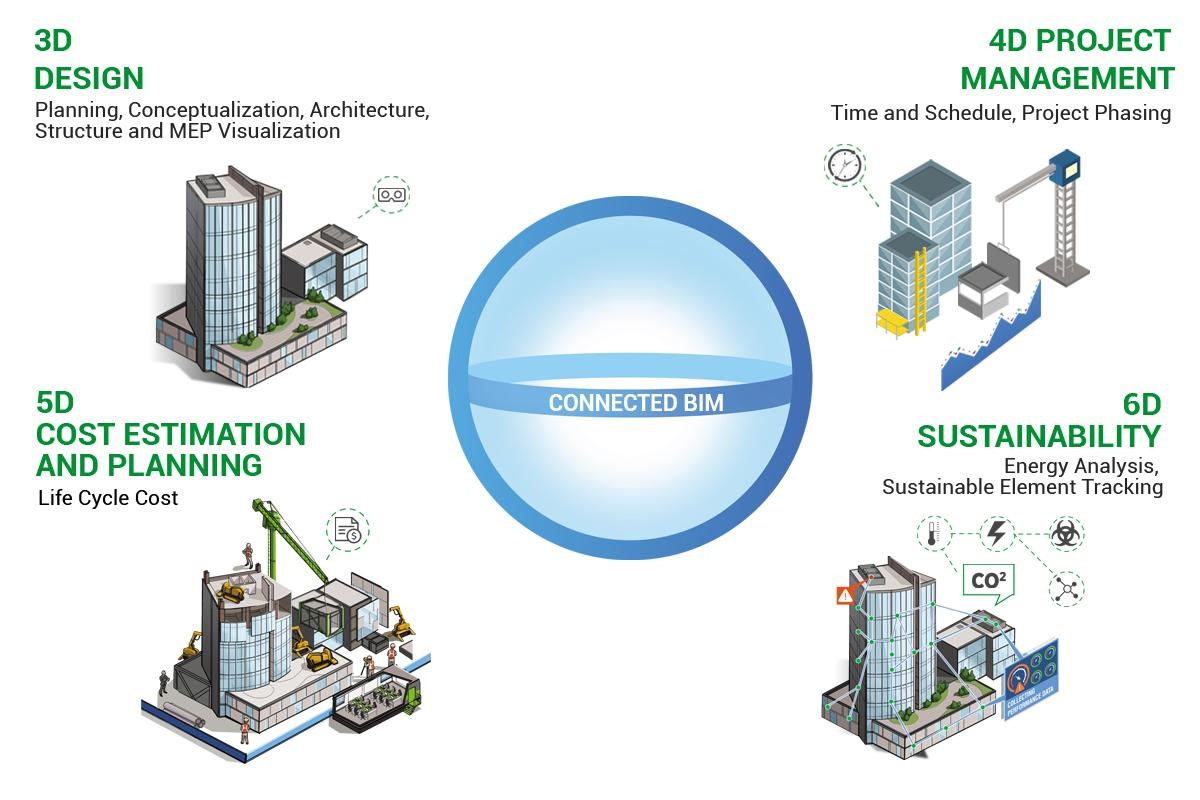
The construction industry is stressing environmental preservation and sustainability, and architects are adding natural aspects to their designs. BIM aids organizations in preserving sustainability throughout the construction process by allowing engineers, designers, and suppliers to analyze projects before construction begins. BIM may improve energy efficiency by analyzing HVAC systems and building envelope design, minimizing carbon footprints and lowering energy costs.
Prefabrication processes are becoming more efficient, waste is being reduced, and building schedules are getting faster thanks to the integration of BIM technology.
Prefabricated materials fit and installed following the design thanks to the facilitation of precise design and coordination. By assisting contractors in making sure their systems fit and install correctly, BIM 3D models improve building process quality and productivity.
A digital revolution in the construction sector is underway, propelled by advancements in BIM such as generative design, IoT, Digital twins, AR/VR, prefabrication, data analytics, sustainability, and safety. In 2024, the construction sector wants to have a constructed environment that is more secure, efficient, and sustainable. Businesses will most likely employ BIM to finish projects faster. Transitioning into 2024 with the transformation of building design and construction with enhanced efficiency, teamwork, and sustainability through the application of BIM.
BIM improves construction simulation and analysis, as well as risk management, cost estimation, and project predictability. As construction management evolves, it will confront new problems and trends in 2024. This article investigates the future direction of building design and construction utilizing BIM as a driving force.
BIM Adoption Benefits and Challenges
Through the simplification of the design and implementation of constructed assets, BIM technology has completely transformed the construction sector. Rework reduction, simpler design integration, improved information flow, improved scheduling, and improved project results are just a few of its many advantages.
However, obstacles including cultural shifts, training needs, and opposition to change stand in the way of its widespread acceptance. Another problem is interoperability amongst various BIM software platforms. Industry stakeholders require fund training initiatives, encourage flexibility, and strive for standardized BIM procedures to overcome these.
Emerging Trends in Building Design and Construction Using BIM
Governments worldwide are imposing BIM requirements to enhance project outcomes and streamline construction processes, requiring stakeholders to use new technologies for planning, design, and execution to standardize practices and increase collaboration. The following are the trends identified for employing BIM in 2024 in the construction industry:

Workflow Optimization through BIM Automation
As businesses streamline processes and cut down on manual interaction, BIM automation is becoming more and more common. It boosts accuracy and productivity by enabling teams to concentrate on challenging project components. Though it can store extensive project information throughout the project lifecycle, BIM is now mostly employed as a design tool.
Construction, operations, maintenance, and closeout teams may employ BIM in the future to help automate these procedures for workflow optimization.
Data Visualization and Analysis in Real-Time Using Digital Twins
The use of Digital Twin Technology, which offers a virtual depiction of construction assets throughout their existence, is growing in favor of the industry. Project teams can now simulate, analyze, and optimize performance thanks to this technology, which improves decision-making and project outcomes. 88% of architects and designers suggest using BIM, which is regarded as the industry standard in design.
The digital twin idea is anticipated to become more popular as built asset firms automate construction procedures.

Real-time Data Connectivity Using AI and IoT
The integration of Big Data and IoT in the construction business is transforming real-time information delivery and decision-making.
The usage of drones and IoT-enabled devices improves the distribution of project-related data, while AI is becoming an important component in structural BIM services, giving sophisticated capabilities like as pattern recognition and predictive analytics.
This technology speeds design processes, anticipates potential issues, and increases project efficiency.
Virtual and Augmented Reality for Improved Visualization
For large-scale projects, integrating BIM with other applications is crucial. Virtual Reality (VR) and Augmented Reality (AR) optimize BIM visualization and communication by boosting design communication, participation by stakeholders, and on-site decision-making. Compatibility and cooperation between BIM and these technologies will determine future success.
Enhanced Project Management and Planning with 4D and 5D Simulations
With the advancement of BIM technology, time and cost dimensions are now included in 4D and 5D simulations. These technologies facilitate improved project planning and management by making building sequences and related costs easier to see.
By giving 3D models a temporal dimension, 4D BIM Construction Management enables stakeholders to see how a project is progressing across time. 5D BIM Construction Estimation allows for improved budget management and real-time cost tracking by fusing cost data with 3D geometry.

Using BIM for Sustainability Assessments During the Design Phase
The construction industry is stressing environmental preservation and sustainability, and architects are adding natural aspects to their designs. BIM aids organizations in preserving sustainability throughout the construction process by allowing engineers, designers, and suppliers to analyze projects before construction begins. BIM may improve energy efficiency by analyzing HVAC systems and building envelope design, minimizing carbon footprints and lowering energy costs.
Enhancing Project Efficiency with Prefabrication and BIM
Prefabrication processes are becoming more efficient, waste is being reduced, and building schedules are getting faster thanks to the integration of BIM technology.
Prefabricated materials fit and installed following the design thanks to the facilitation of precise design and coordination. By assisting contractors in making sure their systems fit and install correctly, BIM 3D models improve building process quality and productivity.
Conclusion
A digital revolution in the construction sector is underway, propelled by advancements in BIM such as generative design, IoT, Digital twins, AR/VR, prefabrication, data analytics, sustainability, and safety. In 2024, the construction sector wants to have a constructed environment that is more secure, efficient, and sustainable. Businesses will most likely employ BIM to finish projects faster. Transitioning into 2024 with the transformation of building design and construction with enhanced efficiency, teamwork, and sustainability through the application of BIM.
+ Post an article











